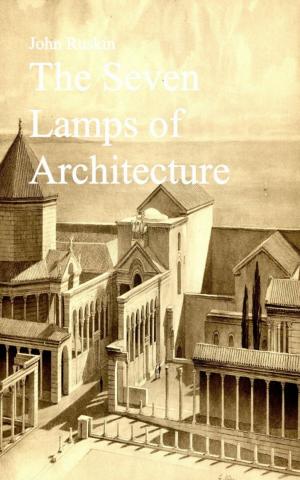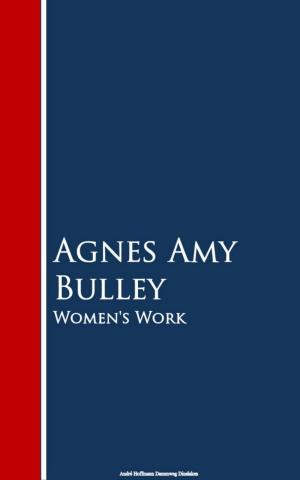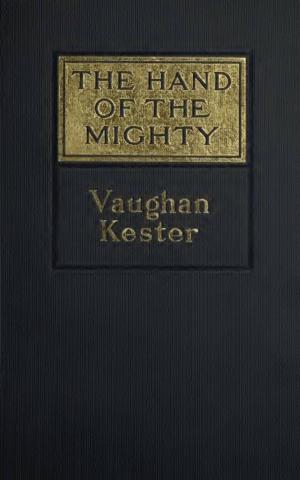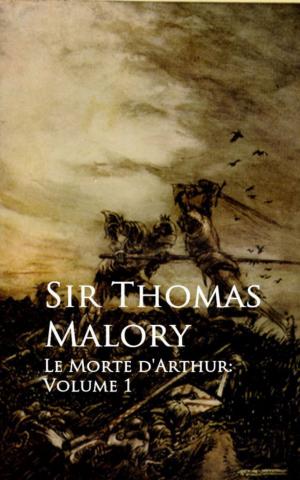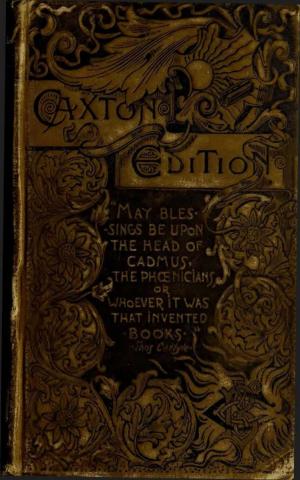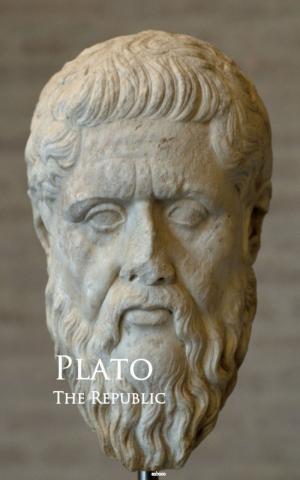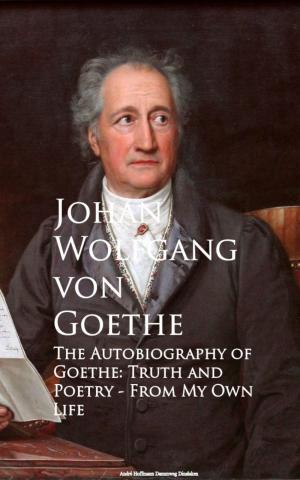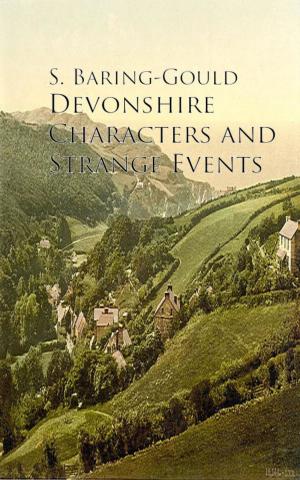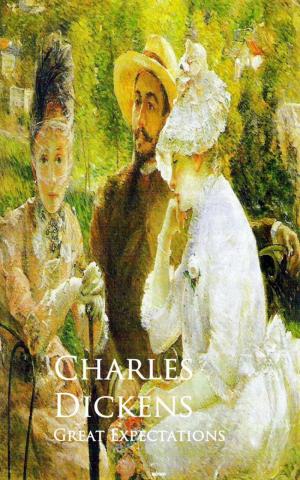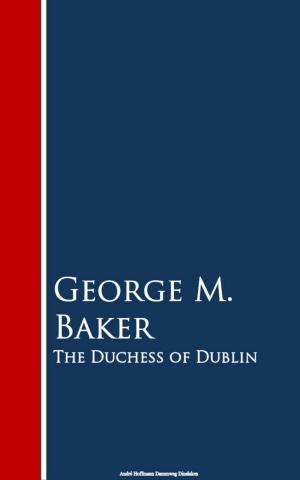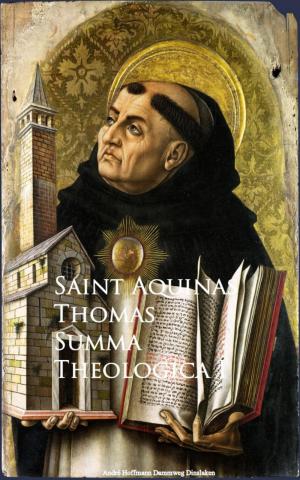| Author: | Various | ISBN: | 9783736416468 |
| Publisher: | anboco | Publication: | September 30, 2016 |
| Imprint: | Language: | English |
| Author: | Various |
| ISBN: | 9783736416468 |
| Publisher: | anboco |
| Publication: | September 30, 2016 |
| Imprint: | |
| Language: | English |
The life of what still passes in London for "Bohemia"—in and about the theatres, the studios and the literary clubs—figures conspicuously in the pictorial humour of our time. It is but natural that the artist in search of inspiration should occasionally turn his attention to his own immediate surroundings, and find subjects for his art in the comic representation of his fellows of the brush and pencil, his friends the authors and the actors, and not infrequently, himself! Some of the most pointed jokes of Keene, Du Maurier and Phil May introduced "the artist," and in the case of the last mentioned he usually depicted his own form and features, as Cruikshank was fond of doing more than half a century before him. This tradition has been well maintained among the artists of a later day. We shall find that a very considerable proportion of the humorous art of the moment concerns itself with the sayings and doings of our Bohemians—a term, by the way, that indicates a very mild and inoffensive variety of an almost extinct type of character. The Bohemian of the twentieth century is a much more wholesome person than his prototype of the middle of the nineteenth. He may be still as irresponsible, as unconventional in his manners, but he is at least clean and less apt to degenerate into the "sponger." He of the older generation provided picturesque material for the humorist of[ii] the pencil; but the stage, the study, and the studio still furnish much matter for mirth, as the admirable work of Mr. W. K. Haselden, Mr. Bert Thomas, Mr. H. M. Bateman, Mr. J. L. C. Booth, Mr. Charles Pears, and other living artists of note, represented in the present collection, bear ample witness. It is obvious from the Index that this volume contains a most representative survey of its subject, and is probably second-to-none in The Fun Library for the high spirits and good humour which it reflects.
The life of what still passes in London for "Bohemia"—in and about the theatres, the studios and the literary clubs—figures conspicuously in the pictorial humour of our time. It is but natural that the artist in search of inspiration should occasionally turn his attention to his own immediate surroundings, and find subjects for his art in the comic representation of his fellows of the brush and pencil, his friends the authors and the actors, and not infrequently, himself! Some of the most pointed jokes of Keene, Du Maurier and Phil May introduced "the artist," and in the case of the last mentioned he usually depicted his own form and features, as Cruikshank was fond of doing more than half a century before him. This tradition has been well maintained among the artists of a later day. We shall find that a very considerable proportion of the humorous art of the moment concerns itself with the sayings and doings of our Bohemians—a term, by the way, that indicates a very mild and inoffensive variety of an almost extinct type of character. The Bohemian of the twentieth century is a much more wholesome person than his prototype of the middle of the nineteenth. He may be still as irresponsible, as unconventional in his manners, but he is at least clean and less apt to degenerate into the "sponger." He of the older generation provided picturesque material for the humorist of[ii] the pencil; but the stage, the study, and the studio still furnish much matter for mirth, as the admirable work of Mr. W. K. Haselden, Mr. Bert Thomas, Mr. H. M. Bateman, Mr. J. L. C. Booth, Mr. Charles Pears, and other living artists of note, represented in the present collection, bear ample witness. It is obvious from the Index that this volume contains a most representative survey of its subject, and is probably second-to-none in The Fun Library for the high spirits and good humour which it reflects.


